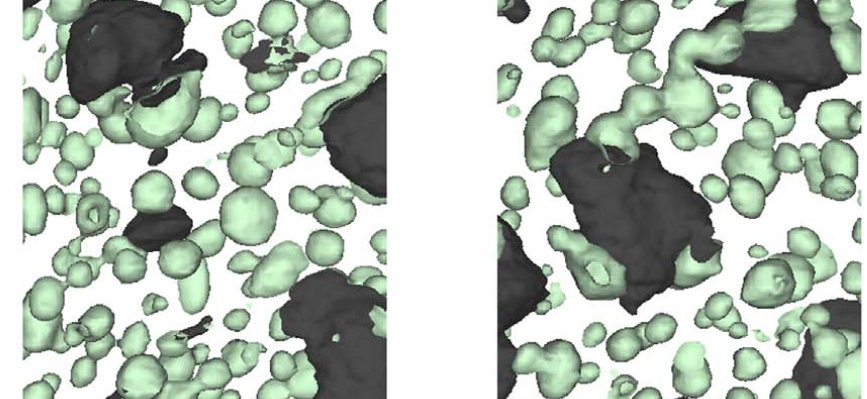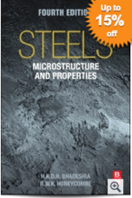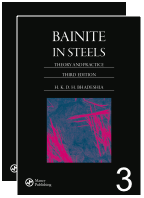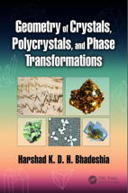

A combination of the characterisation techniques small angle neutron scattering (SANS) and atom probe tomography (APT) are used to study the precipitation in a maraging steel. Three similar maraging steel alloys were aged at different temperatures and ageing times, and then characterised using SANS, APT and microhardness. The alloys consist of two types of precipitates, namely Laves phase and β-NiAl, the precipitates have different composition and hence precipitate ageing, which makes it complicated to model. The SANS experimental set-up was relatively simple and allowed the precipitate size and fraction of a large number of samples to be measured in a single experiment. The APT results were used for constraining the SANS modelling, particularly the composition, shape and distribution of phases. The characterisation led to the following description of precipitation: NiAl phase reaches coarsening at early stages of ageing and shifts its strength mechanisms from shearing to Orowan looping, which cause the characteristic peak strength; the Laves phase is in growth throughout and its strength contribution increases with ageing time. These observations were shown to be consistent with precipitate evolution and strengthening models, and the work of others. Although, there are some issues with the combination of SANS and APT approach, which are discussed, the methodology provides a valuable tool to understand complex precipitation behaviours.
Materials Science and Engineering A, 702 (2017) 414-424.
Download data from alternative server

 4th edition, 2017 |
 Free download |
 Free download |
| PT Group Home | Materials Algorithms |